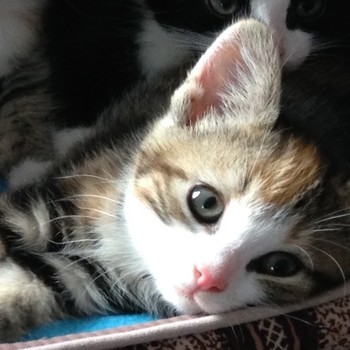How are sodium and chloride dangerous when by themselves but safe for eating after reacting together?
1 Answer
Explanation:
Sodium is a highly reactive element. When sodium comes in contact with water, it readily gives up it's electrons (most like the valence electrons), and creates the water it touches into hydrogen gases and oxides (gases).
Chlorine, by itself is is highly reactive. Since it's higher up on the halogen group, this means it has a higher electronegativity and ionization percentage. Smaller radius equals more room for reactions to occur. Therefore sodium and chlorine readily bond with each other because they are both so reactive. Here, this will help explain it. See below:
Sodium
Chlorine
Due to these elements having similar charges that cancel each other out, these elements will readily bond. When this happens, the charges cancel out to give us a sum/product
So why is the compound safe to eat, but the elements by themselves aren't? When these elements come in contact with water, they dissociate (another way that means disconnect from each other), and form free cations and anions. Due to this, they become less reactive and a product is made.
Example is below: Here's a link however if you want more information about the above notes: Click Here:
In labs, we can take
However, when we heat the evaporating dish with a bunsen burner and add the solid (which is the sodium bicarbonate) to it, and then slowly pour in some of the liquid (in this case the hydrochloric acid), a reaction occurs. Reactions occur because elements are ready to give off some of their electron. In this case, the
Hope this helps a little bit! The ending part I just wanted to add in there so I'm sorry for this being so long. I think it's important to have an example for you to look at that involves

